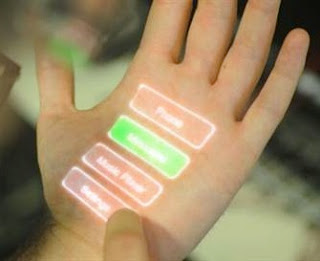To begin I'd like to start by saying that the project was a great success and that working in this group has been a pleasure as opposed to some other experiences I've had.
The Fugu Dress
Fugu Dress is a wearable piece designed with the embodiment of a blow fish’s defensive mechanism in mind; hence, fugu which means blow fish in Japanese. Blow fishes tend to move really slowly, which makes them easily targeted by other prey.
My main job within the group was as the programmer and the physical implementation. Mainly I'll just discuss the difficulties and how I overcame them in the parts which I was in charge for.
The code was fairly simple. 4 different digital pins were used to send output to the motors respectively. The pins recieved a signal in accordance with the ON/OFF state of the breath center. The breathing motion of the scales was achieved by the alternating activation of the switch placed on the person's ribs. Overall the only problem I had with the code was that it caused the servo motors to twitch at times. This was also related to the physical integration of the circuit. The problem was that there was floating voltage on the pins whenever a ground was given, so the reading was eratic. Once this was fixed the motor motion was perfect.
From here I moved onto integrating the motors into the actual artifact. The motors were placed in 4 main spots where the linear motion was best utilized to move the scales. The scales connected to the motors using strings. The motor would wind up 180 degrees, allowing for the maximum amount of vertical distance moved, from the circular motion of the motor. Difficulties here arose due to the strings rubbing up against the person wearing the skirt. When the motors pulled, the strings would contract as they pulled up so sometimes they'd tear. We remedied this by loosening the skirt and also creating better paths for the strings to move along, eliminating any obstacles that they could catch on.
Overall I had a lot of fun with the project and it was a good experience.
I'm happy everything worked out as it should.





















